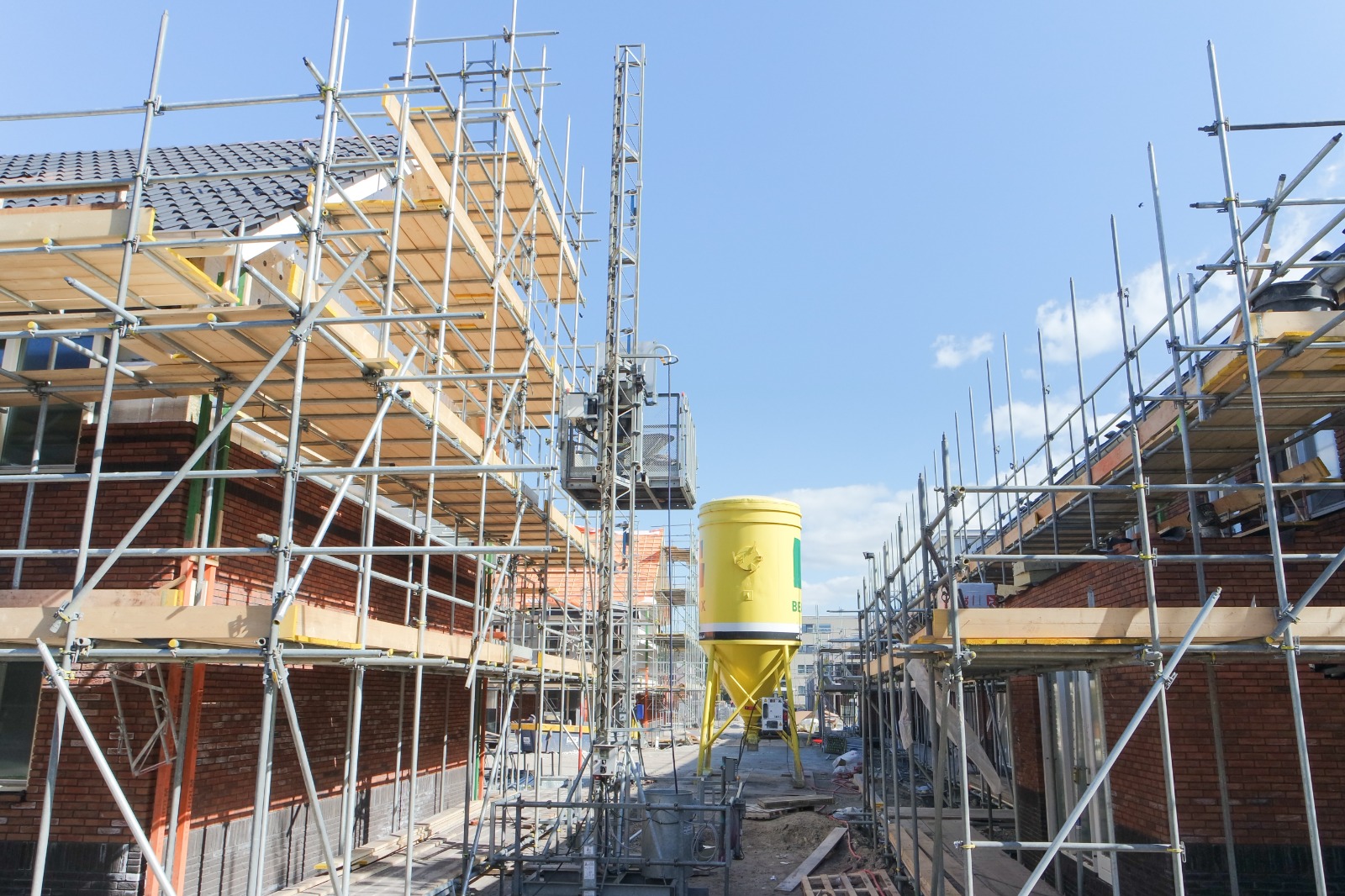For many people, building their own homes is a dream come true. However, a few things must be considered before beginning construction - such as regulating to code. This term refers to the standards and regulations that must be followed when building a house. To guarantee that you are building "to code," many home construction projects require permits from municipal authorities. To be code-compliant, a house's construction must follow the rules established by government agencies. This blog outlines what you need to know about codes and regulations and how to check if your home is built to code.
What You Need to Know About Codes and Regulations
It would be best if you were aware of a few key points when it comes to codes and regulations. First and foremost, every state has its principles and standards that must be followed when constructing any home. This includes new homes as well as renovations. Following the guidelines and regulations protect both the builder and the consumer. Every state has its unique set of norms and standards codes, therefore it is important to become acquainted with them before embarking on any project. Some of the most common code requirements include having proper permits, marking all structure-, foundation-, electrical-, plumbing-, and fire-safety hazards, using adequate materials for building purposes, installing correctly functioning smoke alarms/senseless activation devices/fire extinguishers, and so on.
How to Check if Your Home is Built to Code
If you're like most homeowners, you probably don't spend a lot of time obsessing over your home's building code. However, it is essential to know the code requirements to ensure that your home is compliant and safe. There are a few ways to verify if your home is built to code. Researching and reading up on building code requirements can give you a good idea of the minimum requirements your home must meet to be safe. Checking with local building inspectors and code officials is also an effective way to ensure that your home meets all required codes and regulations.
Building codes vary from state to state, so it is essential to familiarize yourself with the specific regulations in your area to ensure that your home complies with those standards. If there are any irregularities with your property or if certain parts of the house don't comply with standards, then it would likely be beneficial for you to make alterations before selling or renting. In addition, your property could cost you more in legal fees and fines down the road.
Which codes should I be aware of when designing and building my home?
When building or designing your home, it's crucial to be aware of the latest codes set by the governing body. Codes related to health and safety are always a top priority for homeowners as they aim to ensure the safety of everyone in the home. Some standard building codes that you may want to be aware of are:
- The National Electrical Code (NEC): The National Electrical Code (NEC) is a standard that can be adopted regionally for the safe installation of electrical wiring and equipment.
- The International Plumbing Code (IPC): Several states have accepted the International Plumbing Code (IPC). The IPC establishes minimum requirements for plumbing systems, including backflow prevention, heating systems, and non-potable water systems (e.g., rainwater and greywater).
- National Fire Protection Association Requirements: The National Fire Protection Association (NFPA) includes different standards in its National Fire Code series and the National Electrical Code standards mentioned above.
To ensure your home is built to code, you first need to know a little about codes and regulations. This article provides an overview of the different codes and regulations that apply to building homes and tips on determining if your home is built to code. Then, read through the blog and take the necessary steps to ensure your home is safe and compliant with code requirements.

